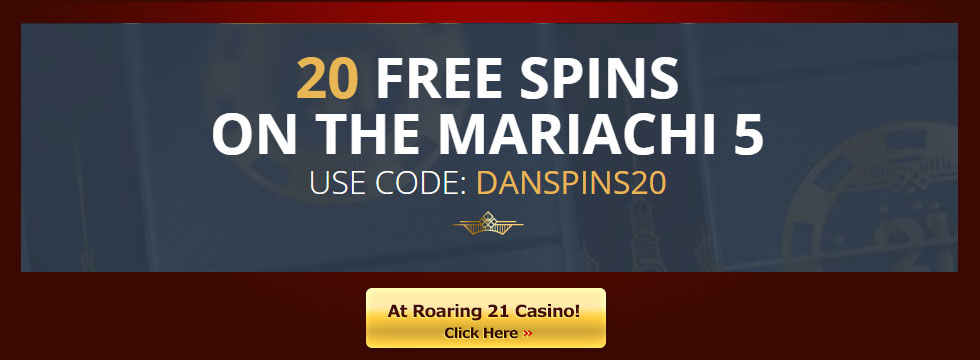When playing heads-up, whether at the end of a sit-and-go tournament or when you and your arch rival are facing off in the truest test of poker skill, not everyone knows the correct position of the blinds and the button. This article below will attempt to straighten that out for you and give you a complete understanding of how exactly this works in heads up poker.
When starting heads-up play, deal a single card face-up to each player. The player with the highest card gets the button first. This player posts the small blind, and the other player posts the big blind. Both players post antes into the center of the table if there are any antes.
The player in the small blind (aka, on the button) plays first. Play proceeds like normal: he can call, raise, or fold. After the flop, the player who has the button is in position on every street. This means, his opponent acts first.
After the hand is finished, the button passes to the other player.
Here is an example of a heads-up hand:
Player 1 has the button. Player 1 posts small blind. Player 2 posts big blind.
Player 1 raises, and Player 2 calls. A flop is dealt.
Player 2 checks, Player 1 bets, and Player 2 calls. A turn is dealt.
Player 2 checks, Player 1 checks. A river is dealt.
Player 2 bets, Player 1 folds. Player 2 wins the pot. The button passes across the table to Player 2. Player 2 posts the small blind, and Player 1 posts the big blind.

Basically, the way it works is that the small blind is the button and the first to act while not much changes for the big blind. You are last to act and you have the big blind. It is the same basic rules as a larger game, but just with a shorter table.
When you get into this situation, depending on the size of the stacks, you and your opponent can trade blinds for hundreds of hands while you wait for the opportunity where you both have a hand that you think you can win with.
If you are in a situation where you have a rather large stack against a short stacked opponent you can use this to your advantage. The lower stack will most likely fold to a big raise unless they have a major hand. When you are the small blind you can then bully them with raises as once they get into fold or push territory they will be extra cautious about which hands they play. If they attempt to call with a small blind, you can raise them to make them uncomfortable. Of course, don’t get too aggressive or you could quickly find yourself as the low stack and the roles reversed.
When you get down to two-handed poker there is a lot of things that can happen. Now that you know that the button is the small blind while the other spot is the big blind, you can start thinking bigger and learning some more in-depth strategies for heads-up poker games.

| # | Online Casino | Reason | Visit |
|---|---|---|---|
| 1 | Solid games, excellent deposit bonus | ||
| 2 | Unique Game Selection | ||
| 3 | $22 No Deposit Bonus just for registering |
Additional Heads Up Buttons/Blind Questions:
(None Yet)
Related Questions:

| # | Online Casino | Reason | Visit |
|---|---|---|---|
| 1 | Solid games, excellent deposit bonus | ||
| 2 | Unique Game Selection | ||
| 3 | $22 No Deposit Bonus just for registering |







